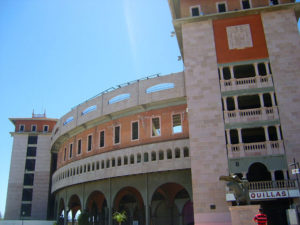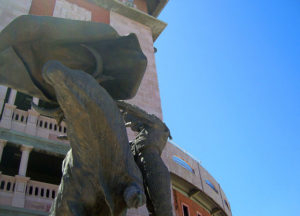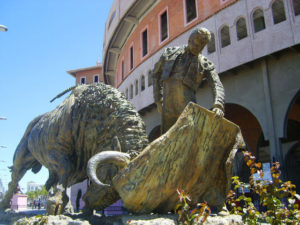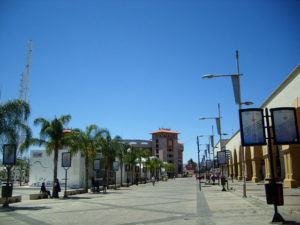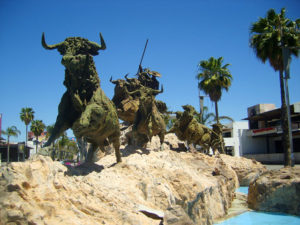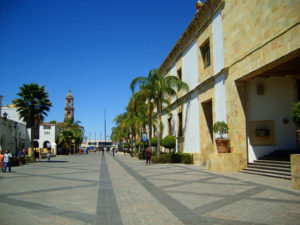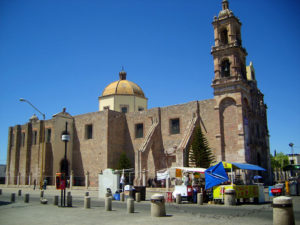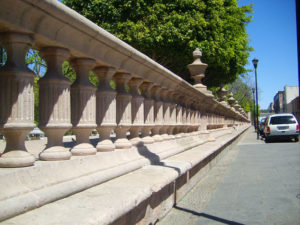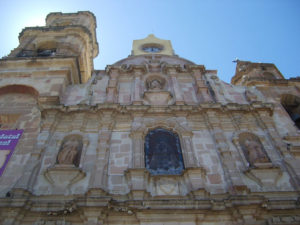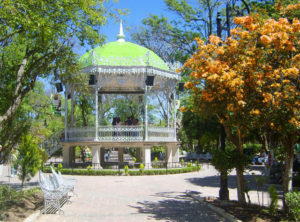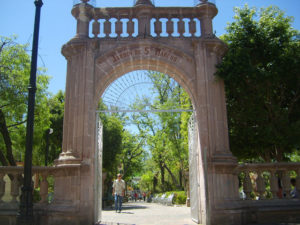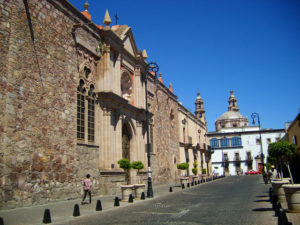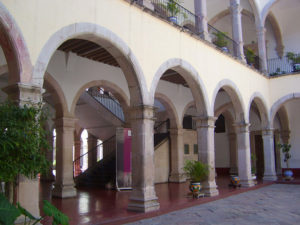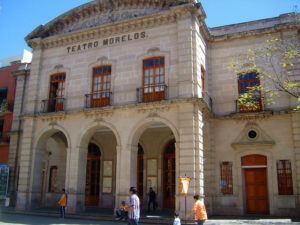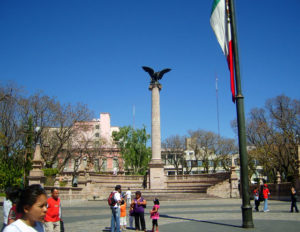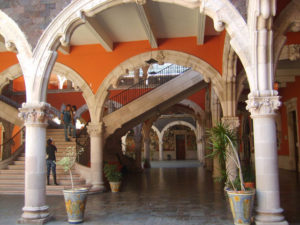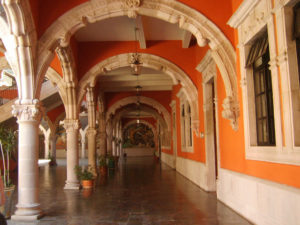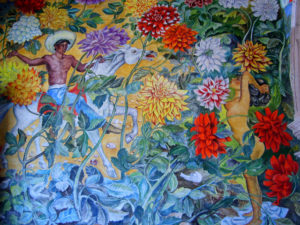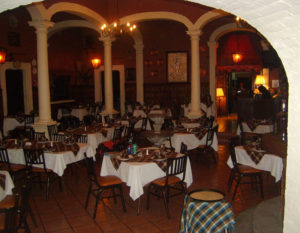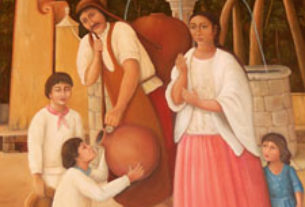Preparations are in full swing in Aguascalientes for the traditional Feria Nacional de San Marcos, a three-week spring fiesta the city of natural hot springs is best known for.
About seven million revelers are expected to descend upon this central colonial city between April 17 and May 9, for the festival that promises to entertain them with a diverse program, packed with bullfights and cockfights, theatre and musical performances, children’s activities and sporting events, fashion shows and culinary contests. In all, the fair billed as the biggest in Mexico features some 1,500 events, most of which are free of charge.
The 2010 edition will also test organizers’ ability to balance their books after the cancellation of last year’s fair in the wake of the A H1N1 flu outbreak. It was a drastic step that dealt a severe blow to the local economy, with losses estimated at 40 million pesos.
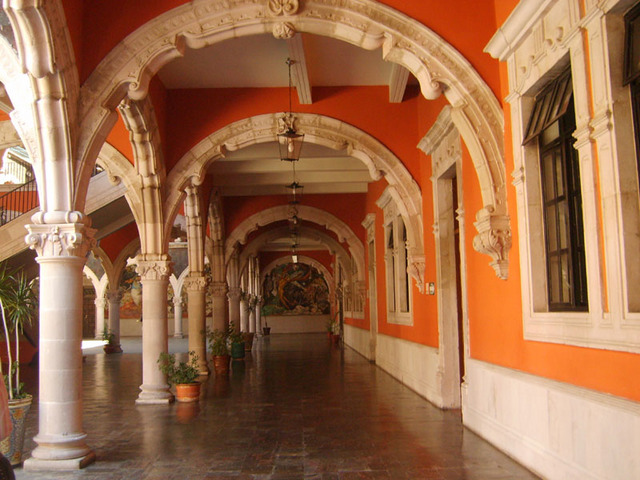
“It is a fair designed for families to enjoy time together and, at the same time, for us to express our pride in being Mexican,” said Raul Alvarez Gutierrez, president of the Patronato de la Feria Nacional de San Marcos, the Aguascalientes state agency in charge of the event. “In the 182 years of its existence, the San Marcos National Fair has become the most representative event of Mexico and has made Aguascalientes known worldwide.”
Among fair attractions, there’s the traditional serial taurino, a series of nine bullfights and two novilladas (or training bullfights involving novice toreros and young bulls). The Ferial, a well-attended musical blending contemporary and folk dance with theatre performances, is another fair tradition, in addition to the palenque and Teatro del Pueblo shows. Popular Mexican singers include Alejandro and Vicente Fernandez, Pepe Aguilar and Pedro Fernandez as well as Juan Gabriel, Jenny Rivera, Alejandra Guzman, and Yuri.
Opera and pop singer Filippa Giordano represents Italy, this year’s guest country, and is scheduled to perform at the crowning of the fair queen and princesses on the opening night. What’s more, visitors can take a dip into Italian culture through literature and history books, CDs, DVDs, which will be available for purchase at the Italian pavilion.
“Chefs from Italy will also be on hand at the Italian pavilion to share their culinary knowhow with the public. Moreover, there will also be puppet show workshops,” continued Alvarez Gutierrez.
The history of the San Marcos fair goes back to the 17th century when farmers from across New Spain gathered in Aguascalientes to trade goods. At the time, the fair was held in November in the Parian market, today a shopping center. Then in early 19th century, the festival was moved to the larger area around the San Marcos’ church and garden and the date was pushed to the warmer months of April and May. The early 1800s also marked a crucial time in the history of Aguascalientes as the tiny state broke away from the silver mining hub of Zacatecas, a story wrapped in romanticism. It is said Antonio Lopez de Santa Anna, the Mexican president at the time, was smitten by charming Doña Luisa, the wife of a local politician, and granted Aguascalientes’ statehood in exchange for a kiss.
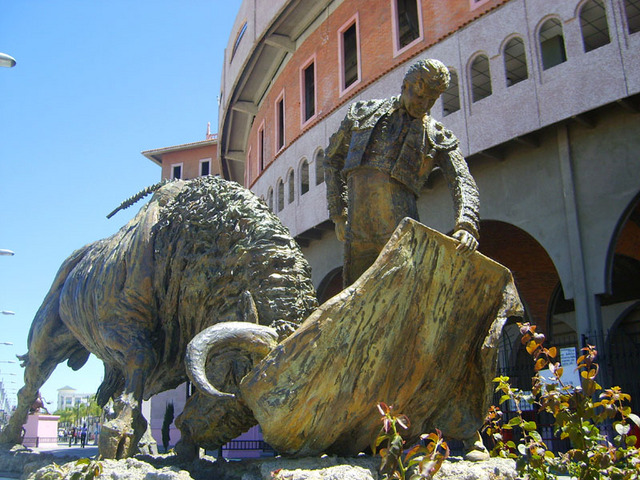
While you are in Aguascalientes, take the time to discover its historic centre located only a few blocks from the fairground.
La Feria de San Marcos is treated as a national holiday and marks the busiest tourist season of the year in Aguascalientes, when government business virtually shuts down and residents take their annual vacation. Traditionally, those who choose to leave town for a beach destination usually rent out their homes to fairgoers from out of town.
About 45 percent of Aguascalientes’ 4,100 hotel rooms were booked in the weeks prior to the fair, with the average occupancy rate expected to reach 70 percent during the event, says Roberto Medina Escobedo, manager of the Aguascalientes chapter of the Mexican Association of Hotels and Motels. Hotels usually operate full-house on weekends, especially over the April 24-25 San Marcos Day weekend when the traditional parade takes place.
“The fair is considered high season and that’s why accommodation prices go up by anywhere between 20 and 100 percent,” said Medina Escobedo, adding that a four-star hotel room that usually goes for 700 or 800 pesos per night could jump to 1,200 pesos – and even 2,000 pesos in some cases during the fair.
Meanwhile, the current administration of Governor Luis Armando Reynoso Femat, whose term ends this year, has hoped to turn the festival into an international event, although la feria remains a regional affair. About 60 percent of participants are Aguascalientes residents and only 5 percent extranjeros (foreigners), according to a recent study by the Universidad Tecnologico de Monterrey.
Salvador Esqueda, president of the Aguascalientes National Chamber of Commerce, feels the fair falls short of exploiting Aguascalientes’ full economic potential, something that could explain the absence of foreign visitors. Aguascalientes is home to a number of textile industries. Also, Japanese carmaker Nissan has its biggest plant in the Americas located here.
“They should include, for instance, industrial exhibits because people don’t come to the fair just to have fun, they also want to do business,” he said. “And they should promote the event throughout the year. They should begin advertising next year’s fair as soon as this one ends.
“There’s a lot of work to do.”
Fair organizers have also sought to steer clear of the event’s notoriety for its occasional alcohol-fueled street brawls. This year, the state administration is imposing a ban on street sales of booze within the fair’s 90-hectare perimeter under the watch of 500 cops assigned to the area.
The state government is coughing up 24 million pesos to put the festival together, with the city administration chipping in for security and cleanup. The event is expected to pump more than 1.8 billion pesos into the local economy, according to the Patronato.
For details on fair schedule and hotel accommodations, go to: www.feriadesanmarcos.gob.mx
Check out also: www.aguascalientes.gob.mx

